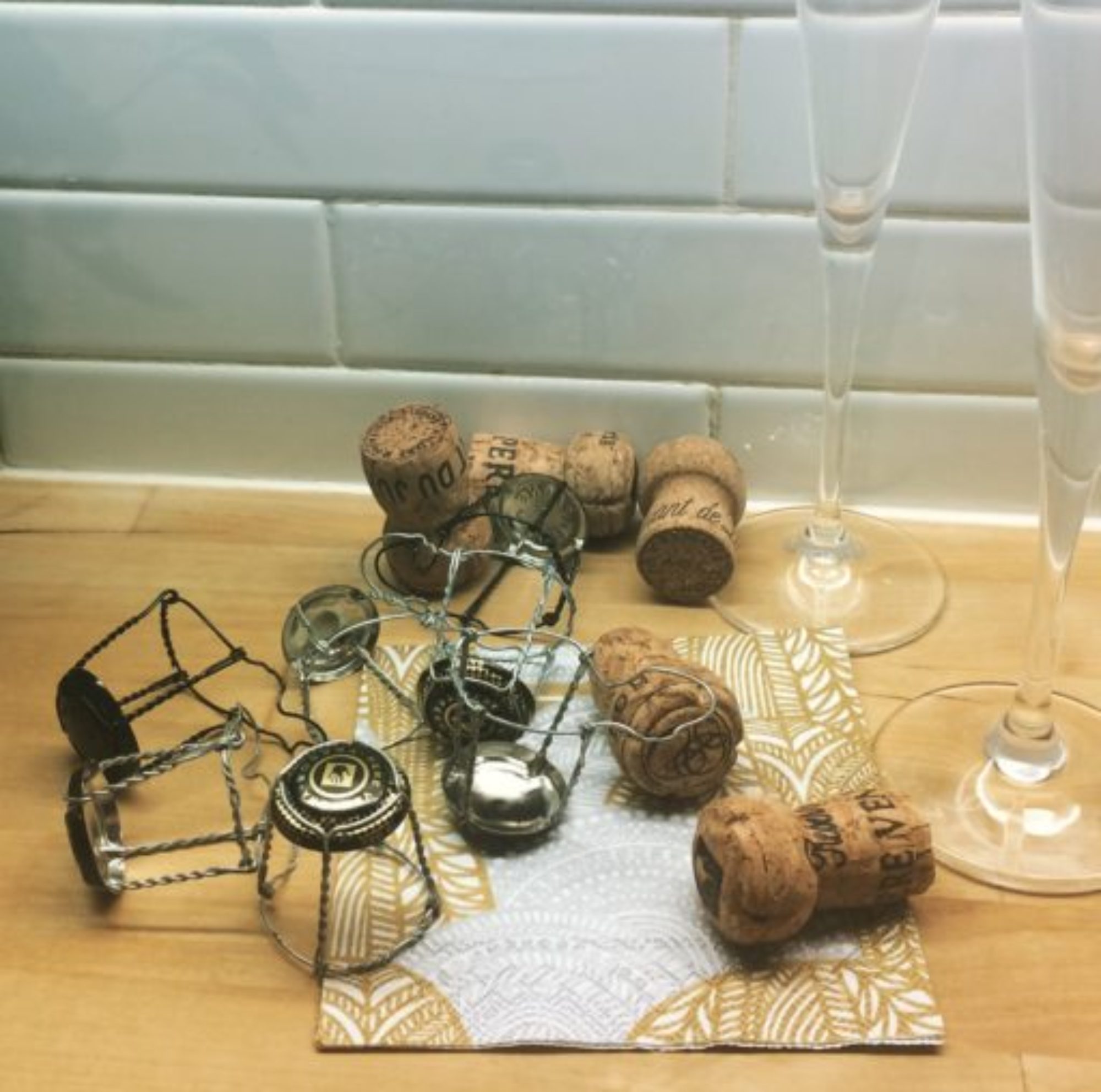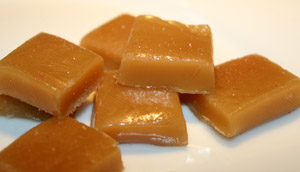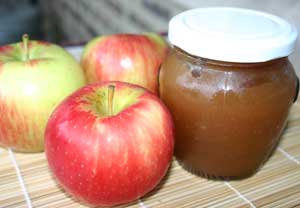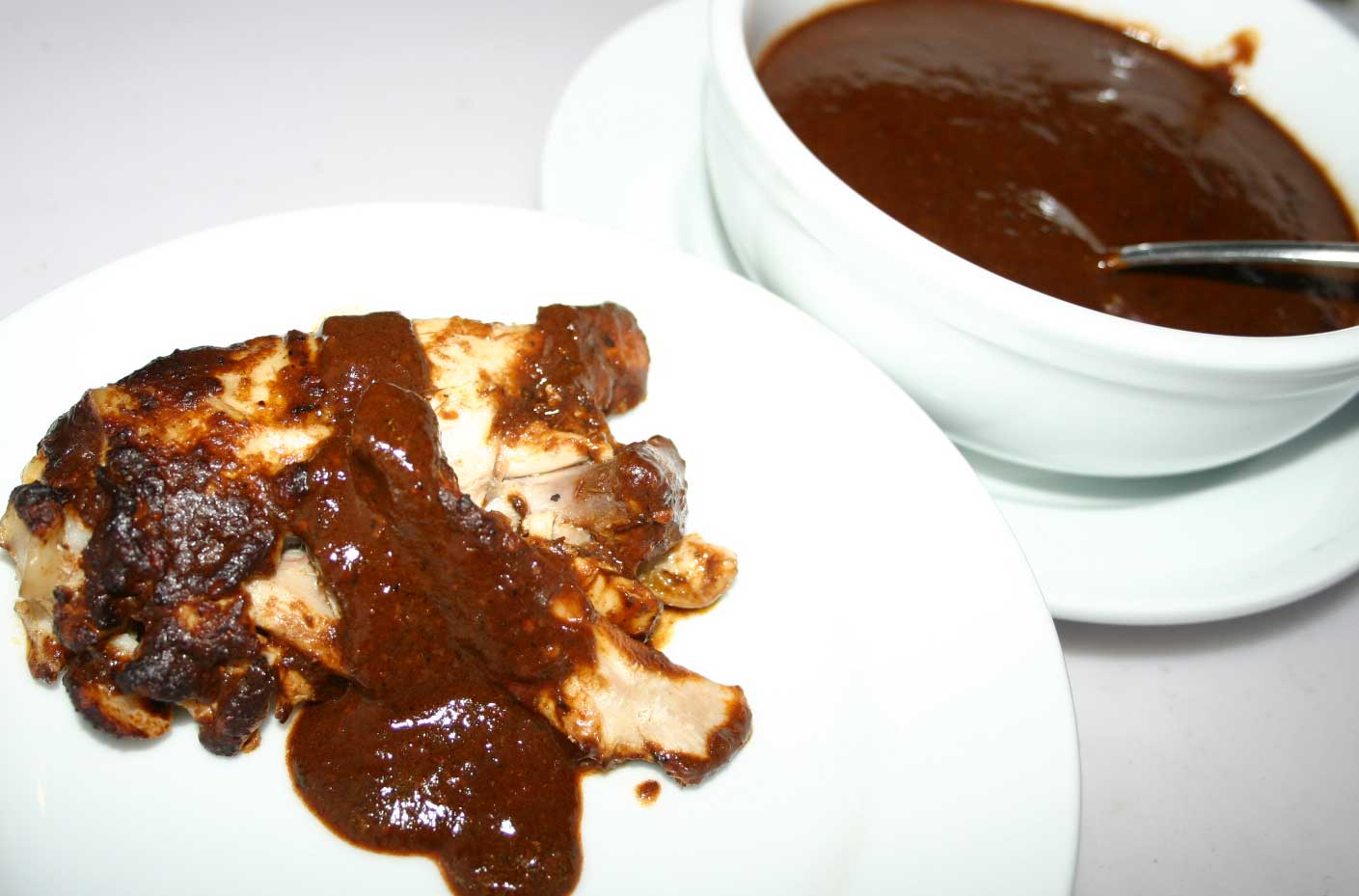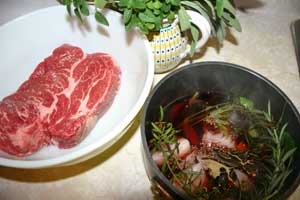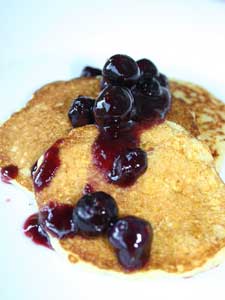Years ago I read in one of Marcella Hazan’s cookbooks the value of having something easily on hand to serve to pop-in guests. This is a recipe I discovered on Epicurious, following is my modified version. Not so much a cracker as a savory biscuit, these are delicious: cheesy, spicy-tangy, crunchy, buttery. The dough is formed into logs and then chilled. Freeze a couple of logs and you’ll have a quick, fabulous treat to bake up in 15 minutes and make unexpected guests feel welcome. Also great as a light nibble with drinks before a heavy holiday dinner.
For all of you copy editors out there, Cheddar is capitalized because the cheese is named for the English village where it was first made in the 12th century.
Mustard Cheddar Crackers
1/2# unsalted butter, very soft
1# sharp grated Cheddar
2 scallions
1 egg yolk, at room temperature
1 T. Dijon mustard
2 T. dry mustard (I like Coleman’s)
1/4 c. mustard seeds, toasted and cooled
1 t. kosher salt, plus more for sprinkling
2 c. all-purpose flour
Blend butter, cheese, yolk, scallions, and Dijon in food processor until smooth. Add remaining ingredients and pulse until the dough has just come together (don’t overdo it or your dough will be tough). Scrape the dough into a bowl and chill for around 15 minutes, until firm enough to handle.
Form the dough into 2 logs, about 1 inch in diameter. I find that using plastic wrap to help shape the logs is the least messy way. Refrigerate at least 4 hours or you can freeze the logs and use as needed.
When ready to bake, remove logs from freezer. Preheat oven to 350F. Line 2 baking sheets with parchment or Silpats. Slice logs into thin slices. Sprinkle with a little kosher salt before baking. Crackers are finished when pale golden, 15 minutes at most. Store in an airtight container only when completely cooled.
